I bought another light to fix the one with the broken wire. Since I’d already finished the floor above, I needed to come up with another way to hide the wire. I had an idea to glue the ceiling paper to a piece of thin cardboard, pull the wire up through the cardboard, and then glue this to the ceiling with the wire sandwiched in between.
The bay window made it tricky to fit the cardboard into the room, so I started by gluing a piece into the bay separately.
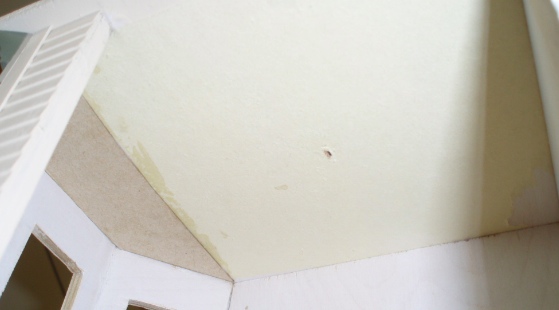
Then I cut a rectangular piece and glued it to the back of the ceiling paper. I poked a hole for the light, pulled the wire through it, and taped the wire to the cardboard so it would come out where I wanted it to.
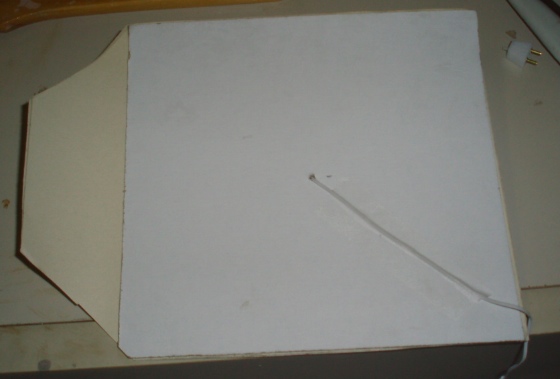
Here’s how it looks in place. After gluing it in I realized I wanted the cardboard slightly shorter than the ceiling paper so I could smooth the paper over the edge of the cardboard and not have it show. I used the Xacto knife to shave off a bit of the cardboard and used white glue at the edge of the ceiling paper, pressing it tightly against the ceiling to get a nice clean seam.
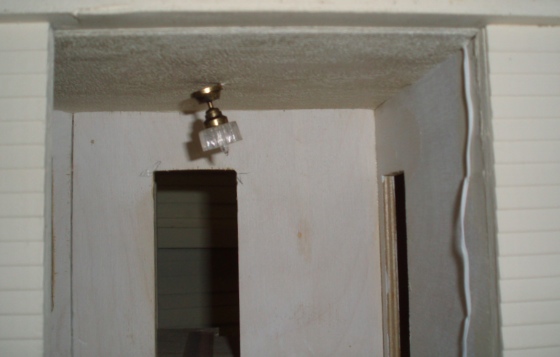
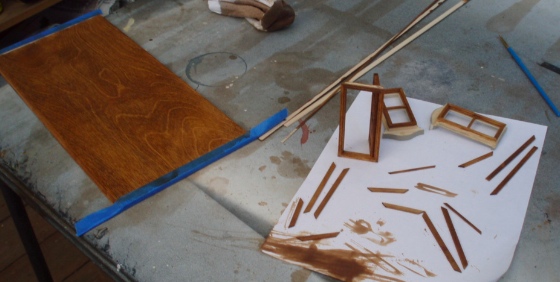
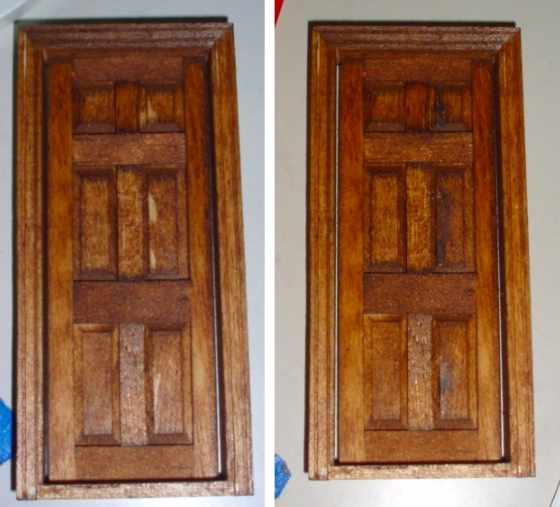
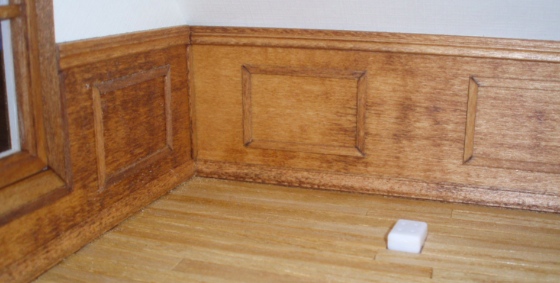
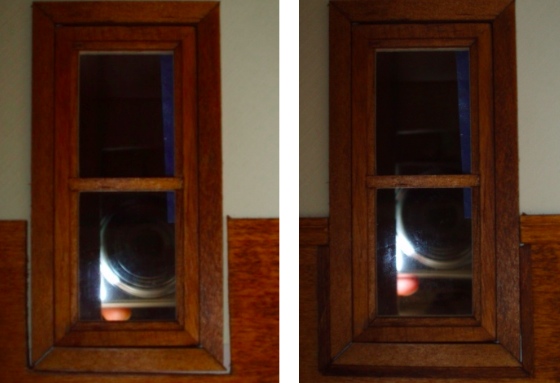
 Emily is a freelance writer, miniaturist, and adventure game enthusiast.
Emily is a freelance writer, miniaturist, and adventure game enthusiast.

